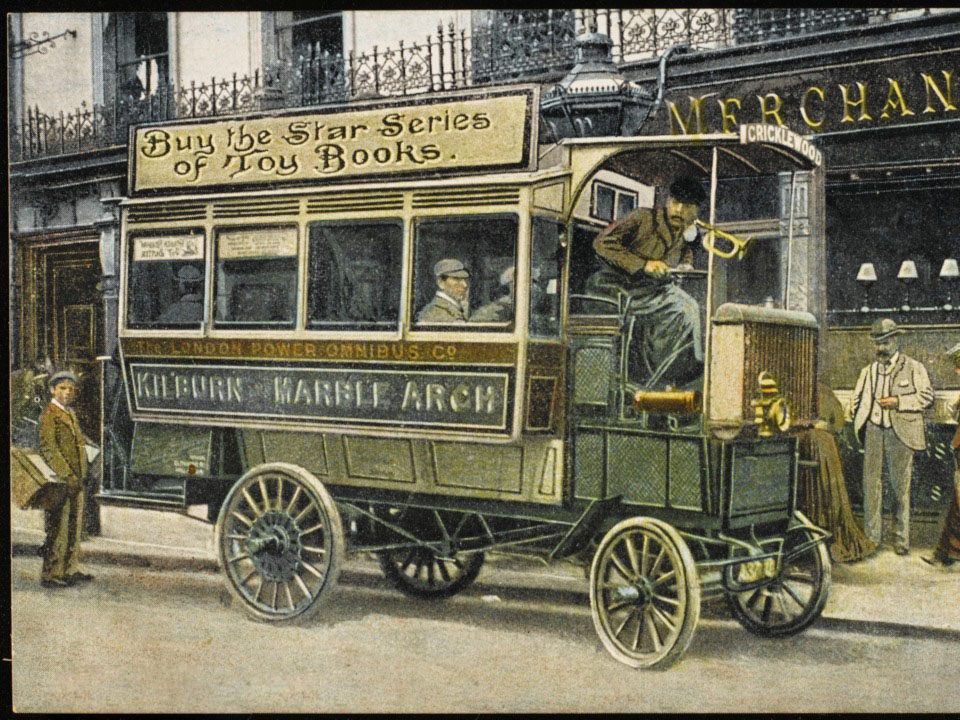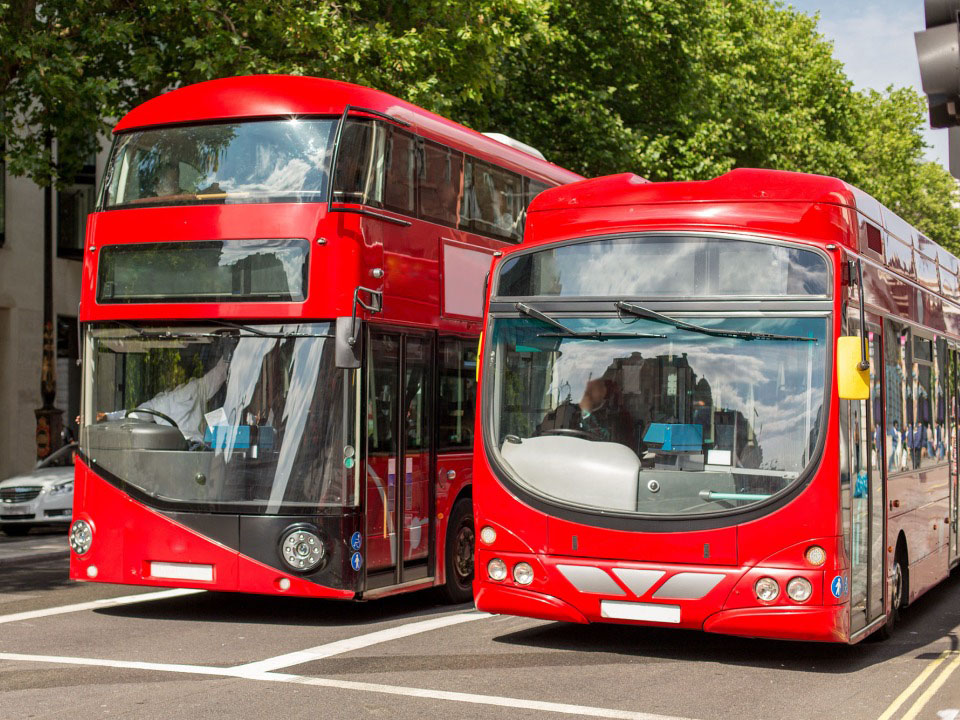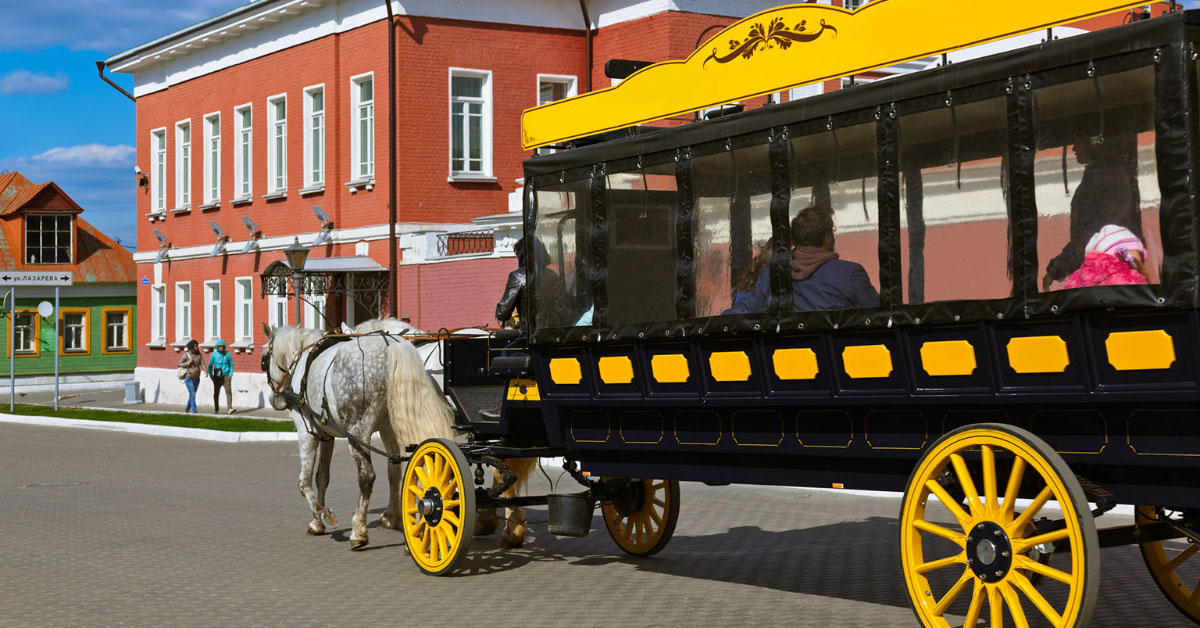London’s bus system has a rich and fascinating history dating back to the early 19th century. The first horse-drawn omnibuses began operating in the city in 1829. Over the following years, the system evolved to become one of the world’s most extensive and efficient public transport networks.
Early Years – 1800’s
In the early days of the bus system, the vehicles were privately owned and operated, with different companies running their own routes and charging their own fares. This led to a confusing and inefficient system, with multiple buses competing for passengers on the same routes.
To address this issue, the London General Omnibus Company (LGOC) was formed in 1855, with the goal of bringing some order to the chaos of London’s bus network. The LGOC quickly became the dominant player in the market, and by the early 20th century, it was running over 1,600 buses on more than 200 routes across the city.
The 1900’s

The introduction of motorised buses in the early 1900s was a game-changer for the bus system. It led to faster, more reliable journeys and greater capacity. A fuel shortage during World War I led to many buses being taken out of service and replaced with horse-drawn vehicles.
In the following years, London’s bus system continued to evolve. Double-decker buses, electric vehicles, and the iconic red livery became a hallmark of the city’s transport network. During World War II, buses played a crucial role in transporting people around the city during air raids and other wartime activities.
Post-war Years
In the post-war years, the bus system underwent significant changes. The nationalisation of the transport industry in 1948 led to the formation of the London Transport Executive (LTE). The LTE brought all of London’s public transport services under one umbrella, including buses, trains, and underground services.
Today

Today, London’s bus system is one of the most extensive in the world. It has over 8,000 buses operating on more than 700 routes across the city. Transport for London is responsible for managing the network, setting fares, and ensuring that services are reliable and efficient.
Despite the challenges of the COVID-19 pandemic, London’s buses have continued to play a vital role in the city’s transport network. London’s buses provide an essential service for millions of people every day. Continued investment in new vehicles, technology, and infrastructure means, the bus system looks set to improve for years to come.







